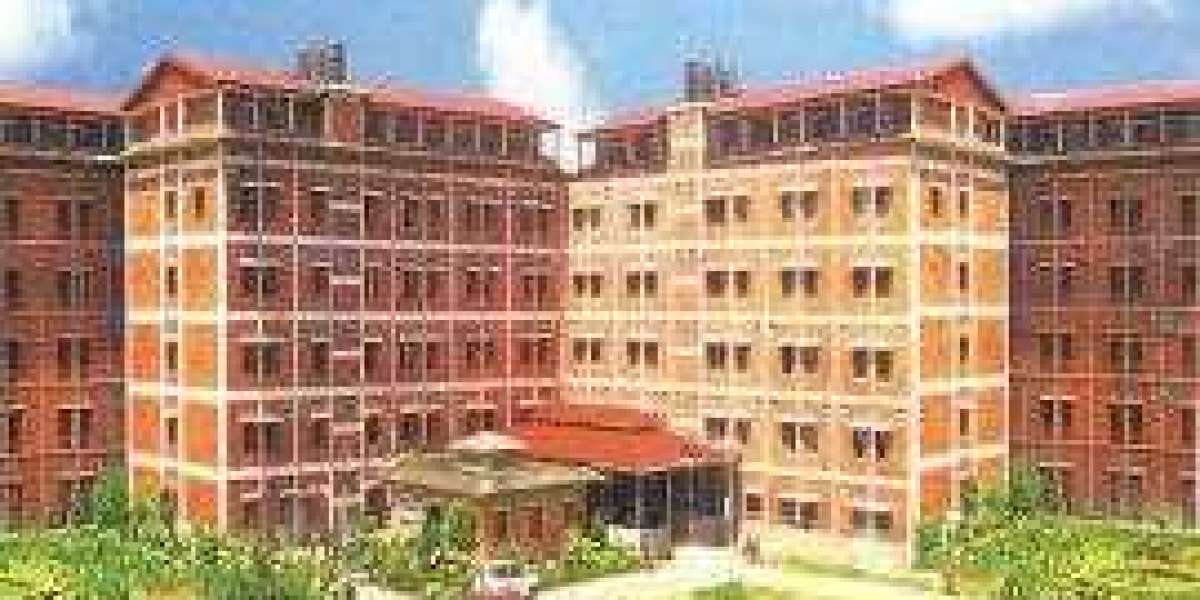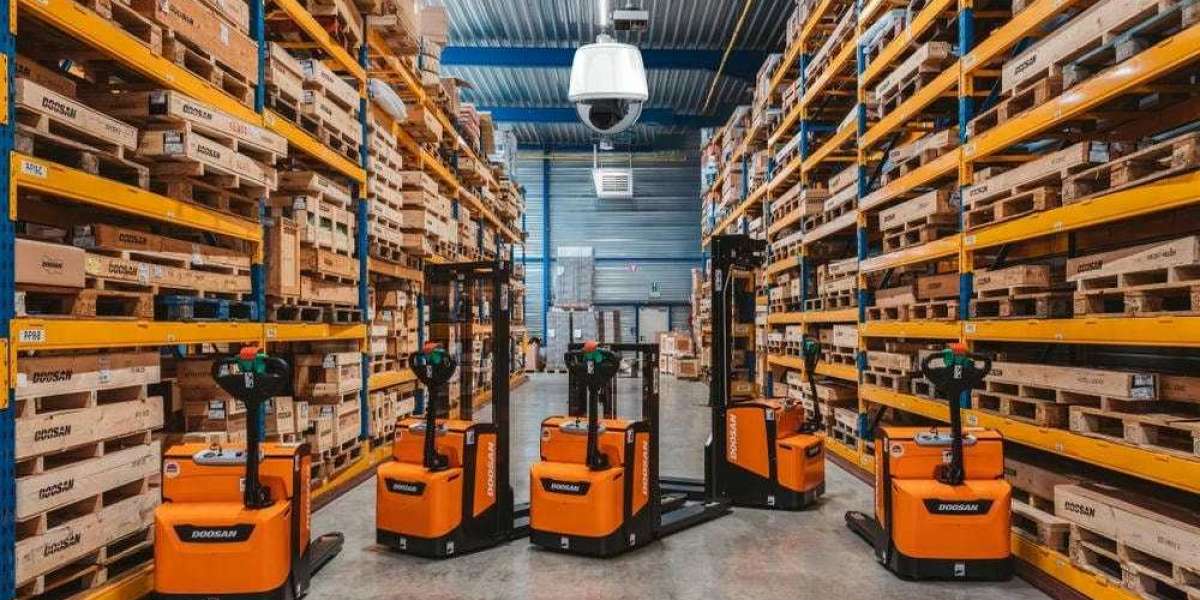In recent years, MBBS in Nepal has gained immense popularity among Indian medical aspirants due to its affordability, geographical proximity, and academic excellence. With globally recognized degrees, English-medium instruction, and a curriculum aligned with Indian medical standards, Nepal has positioned itself as one of the top choices for Indian students seeking quality education at a fraction of the cost charged by private colleges in India.
This article explores in detail the affordable fee structure, easy admission process, and other key advantages of studying MBBS in Nepal in 2025.
Why Choose Nepal for MBBS?
Here’s why thousands of Indian students choose Nepal every year for their MBBS journey:
Affordable Tuition Fees: MBBS in Nepal costs significantly less than private medical colleges in India.
No Donation/Capitation Fees: Admission is based on merit, not monetary influence.
NMC WHO Recognition: Most medical colleges in Nepal are approved by the National Medical Commission (NMC), allowing Indian students to practice in India after clearing FMGE/NExT.
English-Medium Instruction: No language barrier for Indian students.
Indian Similarity in Syllabus: Nepal follows a medical curriculum similar to MCI/NMC guidelines.
Safe and Culturally Similar Environment: Nepal shares similar food habits, customs, and festivals with India.
High FMGE Pass Rate: Nepalese medical colleges have consistently produced high FMGE pass percentages.
MBBS in Nepal: Course Duration and Curriculum
Total Duration: 5.5 years
4.5 years of academic study
1 year of compulsory internship (can be done in Nepal or India, depending on university guidelines and NMC rules)
Medium of Instruction: English
Teaching Approach:
Integrated classroom lectures
Practical lab training
Early clinical exposure
Internship in multi-specialty hospitals
Affordable Fee Structure for MBBS in Nepal
Compared to India and other countries like the Philippines, Russia, or Ukraine, MBBS in Nepal is cost-effective. Here's a general breakdown:
| Type of College | Total Fees (Approx.) | In INR (5 Years) |
|---|---|---|
| Government-affiliated Colleges | USD 30,000 – USD 40,000 | ₹25 – ₹33 Lakhs |
| Private Medical Colleges | USD 40,000 – USD 55,000 | ₹33 – ₹45 Lakhs |
| Hostel and Living Expenses | USD 2,000 – USD 3,000/year | ₹1.5 – ₹2.5 Lakhs/year |
Top NMC-Approved Medical Colleges in Nepal with Affordable Fees
Kathmandu Medical College
Fees: ₹40 – ₹45 Lakhs
Affiliated to Kathmandu University
Located in the capital, Kathmandu
Manipal College of Medical Sciences, Pokhara
Fees: ₹48 – ₹52 Lakhs
Indian faculty and management
Well-known for excellent infrastructure
Nepal Medical College, Kathmandu
Fees: ₹40 – ₹42 Lakhs
Focus on hands-on clinical practice
Located near major hospitals
Lumbini Medical College, Palpa
Fees: ₹38 – ₹42 Lakhs
Affordable and situated in a peaceful region
Affiliated with Kathmandu University
Nobel Medical College, Biratnagar
Fees: ₹45 – ₹48 Lakhs
Offers modern hospital facilities and clinical exposure
One of the top choices among Indian students
Easy Admission Process for Indian Students
Unlike the complex entrance-based system in India, the MBBS admission process in Nepal is relatively simple and transparent. Here’s how it works:
✅ Step-by-Step Admission Procedure:
Check Eligibility:
10+2 with Physics, Chemistry, Biology
Minimum 50% aggregate in PCB
Qualified NEET (as per NMC norms)
Apply to Preferred College:
Fill the online/offline application form
Submit scanned documents
Pay the application fee
Document Verification and Entrance Exam (if any):
Some universities may conduct entrance tests (like KU-CET or TU-IOM entrance exam)
For direct seats, merit is based on NEET score
Receive Offer Letter:
Issued by the college after evaluating documents
Visa Application (Optional):
Indian students don’t need a visa to study in Nepal, making the process even easier
Pay Tuition Fees and Fly to Nepal:
Pay the first-year fees and confirm your seat
Book accommodation or hostel through the college
Eligibility Criteria for MBBS in Nepal 2025
To study MBBS in Nepal, Indian students must fulfill the following criteria:
Must have completed 10+2 or equivalent with Physics, Chemistry, and Biology
Minimum 50% marks in PCB (General category)
40% for SC/ST/OBC
Must have qualified NEET-UG exam
Minimum age: 17 years by 31st December of the admission year
Documents Required for MBBS Admission in Nepal
Prepare the following documents for smooth processing:
10th and 12th Marksheet Passing Certificates
NEET Scorecard
Passport-sized Photographs
Valid ID Proof (Aadhaar/PAN/Passport)
Migration Certificate
Birth Certificate
Admission Letter (provided by the college)
Medical Certificate (Fitness)
Benefits for Indian Students Studying MBBS in Nepal
No Visa Requirement for Indians
Easy Connectivity from India (Road and Air)
Indian Mess and Hostel Facilities Available
Relatives Can Visit Easily
Option to Do Internship in India (subject to NMC rules)
No Racism or Cultural Shock
Low Living Costs Compared to Other Countries
Career Opportunities After MBBS in Nepal
After completing MBBS in Nepal, Indian students can:
Appear for FMGE/NExT and practice in India
Pursue PG (MD/MS) in India or Abroad
Apply for USMLE, PLAB for the USA or UK
Work in international hospitals and NGOs
Open their own clinic or hospital in India (after licensure)
Final Words
Studying MBBS in Nepal is an ideal decision for Indian students who are looking for a balance of affordability, quality education, and ease of admission. With globally recognized degrees, simple entry requirements, and colleges that offer modern infrastructure, Nepal offers a strong alternative to expensive private medical education in India.
If you are ready to pursue your dream of becoming a doctor, MBBS in Nepal 2025 is your opportunity – simple, secure, and affordable.







